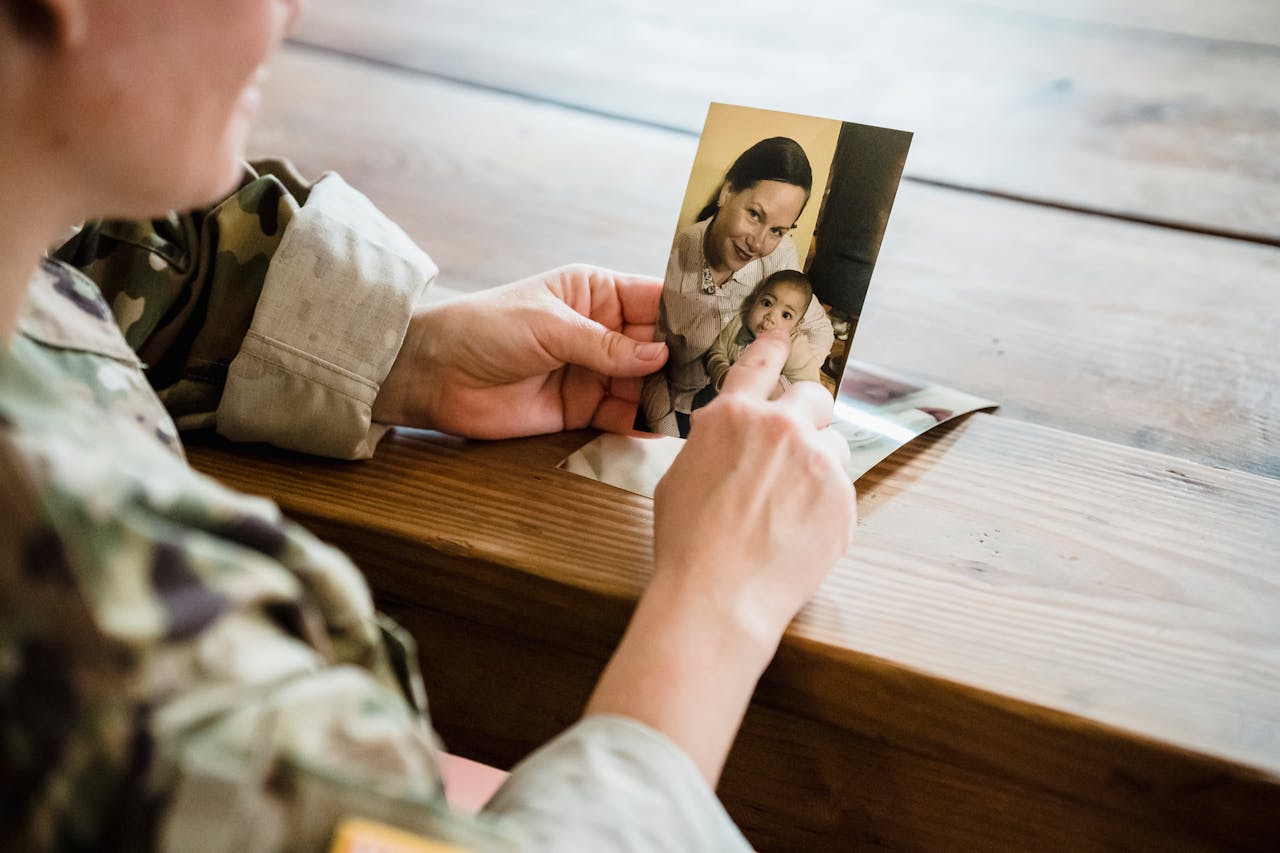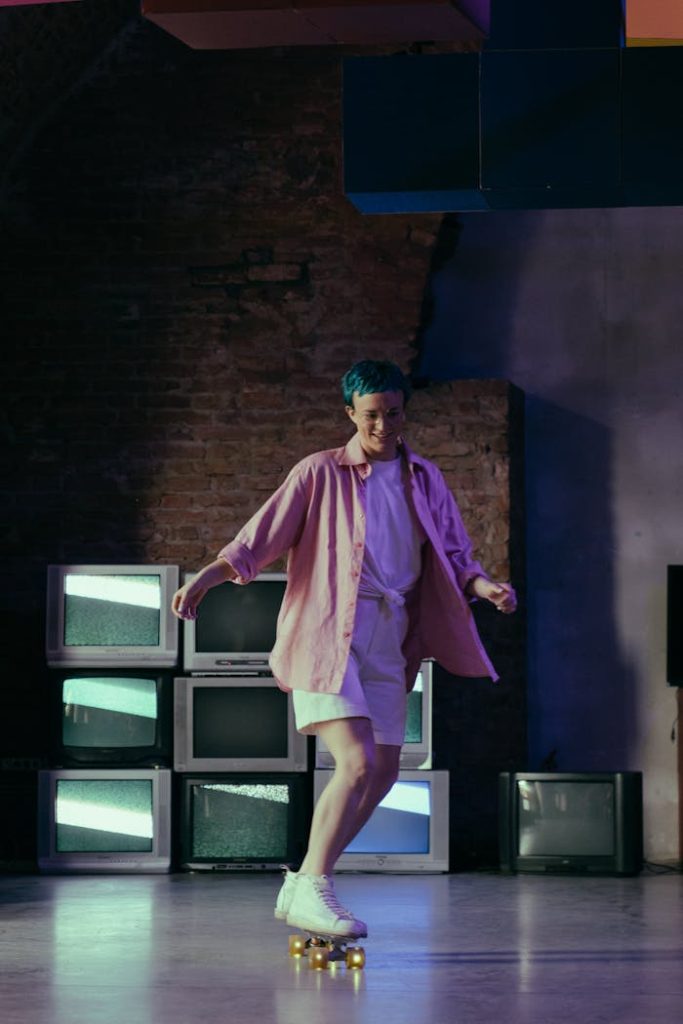In an age of ever-evolving technology, we’re racing toward the future. But for millions of people, especially elders, trauma survivors, and those battling cognitive decline, the greatest challenge isn’t the future — it’s holding on to the past.
Every forgotten face, fading photo, and broken memory is more than a data point. It’s an identity slipping away. A story left unfinished. A connection that once defined someone’s very sense of self.
At Artograph, we believe that memory is healing — and reminiscence is therapy.
What is Reminiscence Therapy?
Reminiscence therapy is a proven psychological technique that encourages individuals to reflect on meaningful life experiences — childhood, school days, festivals, early relationships, or career milestones. It’s especially effective in treating people with dementia, PTSD, grief, or age-related emotional isolation.
Traditionally, therapists use photographs, music, or storytelling prompts to evoke memories and improve emotional well-being. But while the method works, it often depends on what’s available: old albums, physical triggers, and hours of one-on-one time.
That’s where Artograph comes in — combining memory science with modern AI to digitally reconstruct memories, track therapy progress, and preserve stories in ways that are scalable, beautiful, and deeply human.
The Problem We’re Solving
Memory loss is a global crisis. Over 55 million people worldwide live with dementia. Millions more live with trauma, depression, or social withdrawal due to unresolved or fading personal histories.
And the mental health system?
It’s overwhelmed. In some countries, appointment wait times exceed 3–6 weeks. Therapists are overworked. Patients are under-stimulated. And families often don’t know how to help.
Most tools in the market are either:
-
Passive (journals, notebooks)
-
Text-heavy (not ideal for elders or trauma survivors)
-
Not collaborative (families left out)
-
Not visual or emotionally rich
Enter Artograph: A New Kind of Memory Platform
Artograph is a first-of-its-kind platform designed for therapists, mental health institutions, caregivers, and families to collaborate in preserving and reconstructing the personal memories of patients.
Think of it as a digital memory canvas powered by AI, psychology, and the deepest human stories.
How It Works:
-
Patient Onboarding: We collect personal history, key life events, family structure, and emotional needs.
-
Session Builder: Therapists design sessions using themes like “first job,” “favorite festival,” or “lost loved one.”
-
AI Memory Visuals: Based on patient or family descriptions, our AI creates realistic visual representations — from a 1960s grocery store in Kerala to a school reunion in Delhi.
-
Mood Tracker & Notes: The platform logs emotional responses, mood trends, and auto-generates session summaries.
-
Legacy Journal: These memories are preserved in digital or print form as a lasting archive.
Whether used in a one-on-one therapy session, a retirement village activity, or a grieving family circle, Artograph becomes a bridge — between now and then, between silence and storytelling.
Real Use Cases
Therapists in India
Use Artograph to support geriatric patients in rural clinics, offering culturally familiar memory themes and AI visuals even without physical photo albums.
Daughters Living Abroad
Can contribute childhood photos, narrate wedding stories, or upload mother’s lullabies through our Family Portal — giving emotionally isolated elders access to shared memories.
Memory Clinics in the UK
Use Artograph to log mood responses, generate progress reports, and conduct AI-assisted therapy with consistent quality and less manual effort.
What Makes Artograph Different?
-
AI-Powered Reminiscence: Text-to-image generation for lost or hard-to-access visuals
-
Personalized Therapy Paths: Thematic suggestions based on emotional response
-
Family Collaboration: Invite children, siblings, and friends to contribute from anywhere
-
Printable Legacy Books: Preserve memories in shareable formats
-
Data Privacy First: HIPAA-compliant, encrypted, and user-controlled
In a world where generative AI often feels cold or gimmicky, Artograph uses AI to warm up the past — making it tangible, visual, and emotionally accessible.
The Emotional Science Behind It
Memory is not just cognition — it’s identity.
Studies show that reminiscence therapy helps:
-
Improve emotional regulation
-
Strengthen interpersonal relationships
-
Reduce depression and anxiety
-
Improve short-term memory and verbal fluency
When we revisit formative moments, we reconnect to who we are.
When families engage together, we co-author meaning.
When memories are seen, preserved, and honored — healing begins.
The Vision Ahead
Artograph is just getting started. We’re actively building:
-
A D2C memory app for individual legacy journaling
-
Smart diagnosis & triage tools for therapists
-
IoT integration for vitals-based therapy planning
-
Support for regional languages and voice-assisted sessions
-
AI tools that recognize emotion, nostalgia, and cognitive shifts
Final Thought
We all forget. But we also remember — through stories, faces, smells, and music. Artograph doesn’t just store memories. It revives them, celebrates them, and makes them matter again.
Because in every forgotten moment, there’s a truth waiting to be felt.
Artograph: Where Memory Becomes Medicine.


